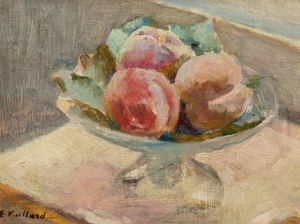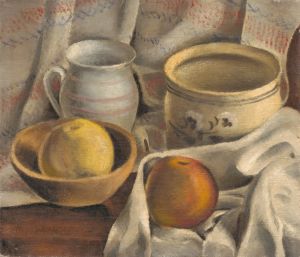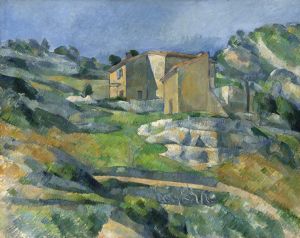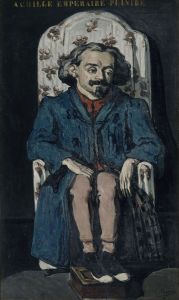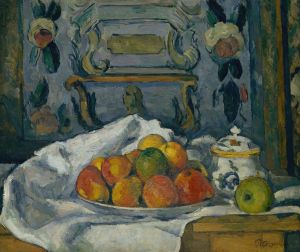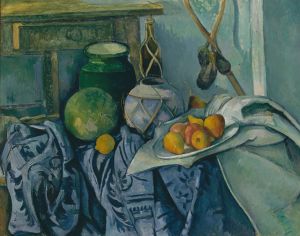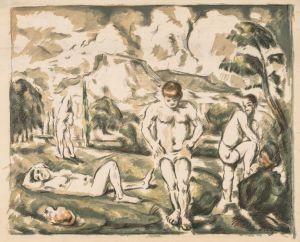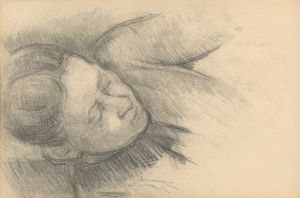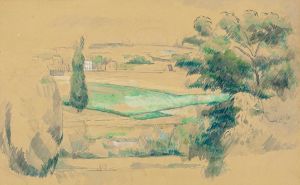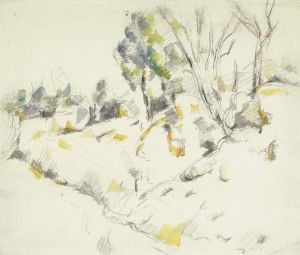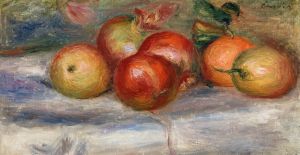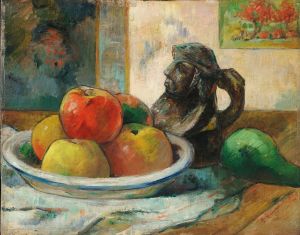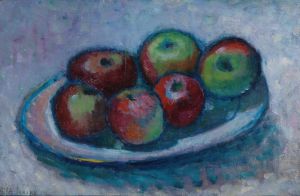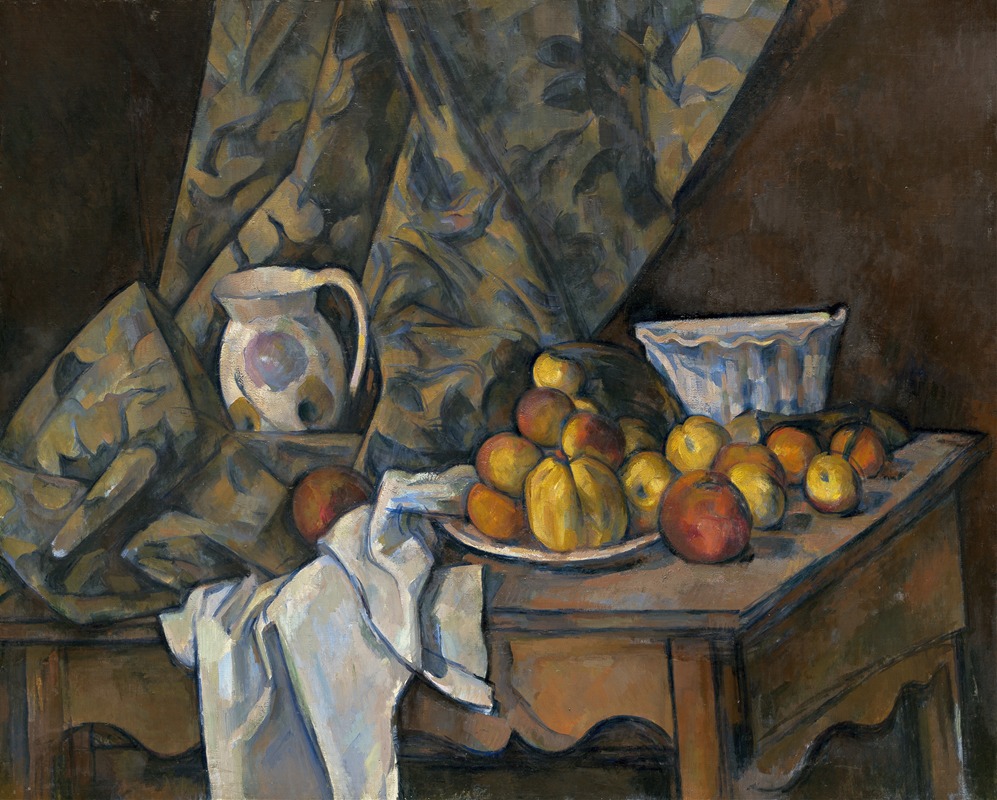
Still Life with Apples and Peaches
A hand-painted replica of Paul Cézanne’s masterpiece Still Life with Apples and Peaches, meticulously crafted by professional artists to capture the true essence of the original. Each piece is created with museum-quality canvas and rare mineral pigments, carefully painted by experienced artists with delicate brushstrokes and rich, layered colors to perfectly recreate the texture of the original artwork. Unlike machine-printed reproductions, this hand-painted version brings the painting to life, infused with the artist’s emotions and skill in every stroke. Whether for personal collection or home decoration, it instantly elevates the artistic atmosphere of any space.
Paul Cézanne's "Still Life with Apples and Peaches" is a notable example of the artist's innovative approach to still life painting, which played a crucial role in the transition from 19th-century artistic concepts to the radically different world of 20th-century art. Cézanne, a French Post-Impressionist painter, is often credited with laying the groundwork for the emergence of modern art, influencing movements such as Cubism and Fauvism.
"Still Life with Apples and Peaches" exemplifies Cézanne's distinctive style, characterized by his methodical brushstrokes, use of color, and exploration of geometric forms. In this painting, Cézanne arranges apples and peaches on a table, capturing the objects with a sense of solidity and volume that was innovative for his time. His approach to color is particularly noteworthy; he used color to define form rather than relying solely on line and shading. This technique allowed him to convey the three-dimensionality of the fruit and the space they occupy, creating a dynamic interplay between the objects and their surroundings.
Cézanne's still lifes are renowned for their compositional complexity. In "Still Life with Apples and Peaches," the arrangement of the fruit is both deliberate and seemingly casual, reflecting his interest in the underlying structure of natural forms. The painting's composition is carefully balanced, with the fruits positioned to guide the viewer's eye across the canvas. This balance is achieved through Cézanne's use of perspective, which often defies traditional rules. Instead of adhering to a single viewpoint, he presents multiple perspectives within the same composition, a technique that would later influence Cubist artists like Pablo Picasso and Georges Braque.
The texture and surface quality of the painting are also significant. Cézanne's brushwork is visible and varied, contributing to the tactile quality of the depicted objects. This painterly approach adds to the sense of realism while simultaneously emphasizing the painting's constructed nature. Cézanne's ability to blend observation with abstraction is a hallmark of his work, and "Still Life with Apples and Peaches" is a testament to his skill in balancing these elements.
Cézanne's still lifes, including this one, were not merely exercises in representation but explorations of perception and the act of painting itself. He sought to capture the essence of his subjects, going beyond their mere appearance to explore their underlying structure and form. This philosophical approach to art-making was revolutionary and set the stage for future developments in modern art.
"Still Life with Apples and Peaches" is housed in various collections, reflecting its importance in Cézanne's oeuvre and its influence on subsequent generations of artists. The painting continues to be studied and admired for its innovative approach to composition, color, and form, underscoring Cézanne's pivotal role in the history of art. Through works like this, Cézanne challenged and expanded the boundaries of painting, leaving a lasting legacy that continues to inspire artists and art lovers alike.





